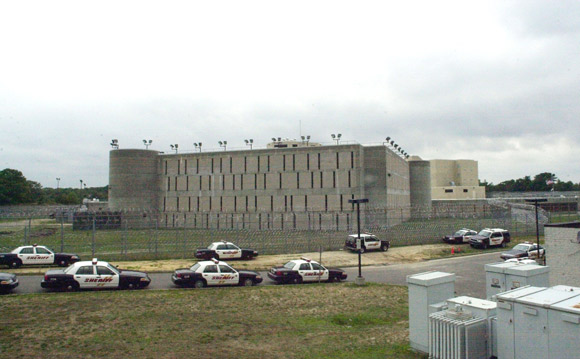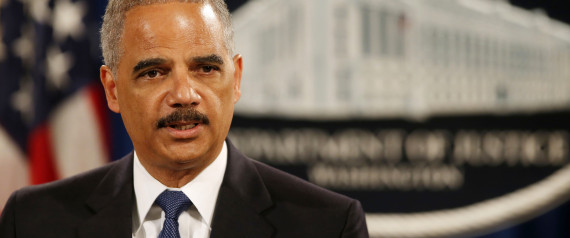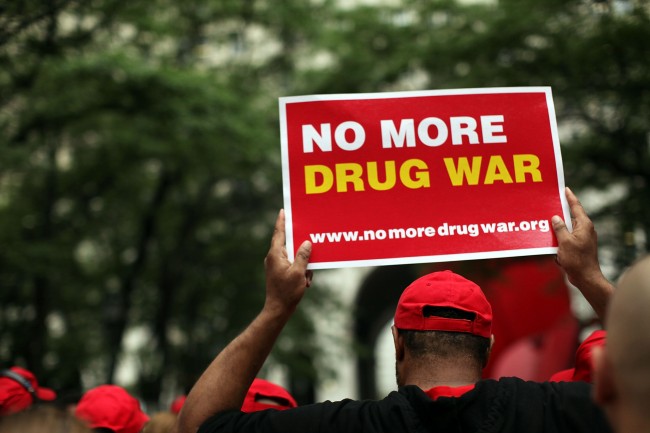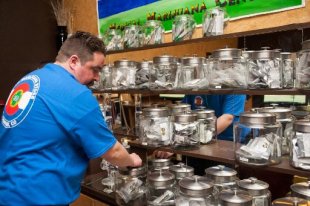
The head of the Drug Enforcement Administration is refusing to support a bill backed by the Obama administration that would modify mandatory minimum sentences for federal drug crimes, putting her at odds with her boss, Attorney General Holder. He hopes to make the bill, the “Smarter Sentencing Act” a centerpiece of his legacy.




















